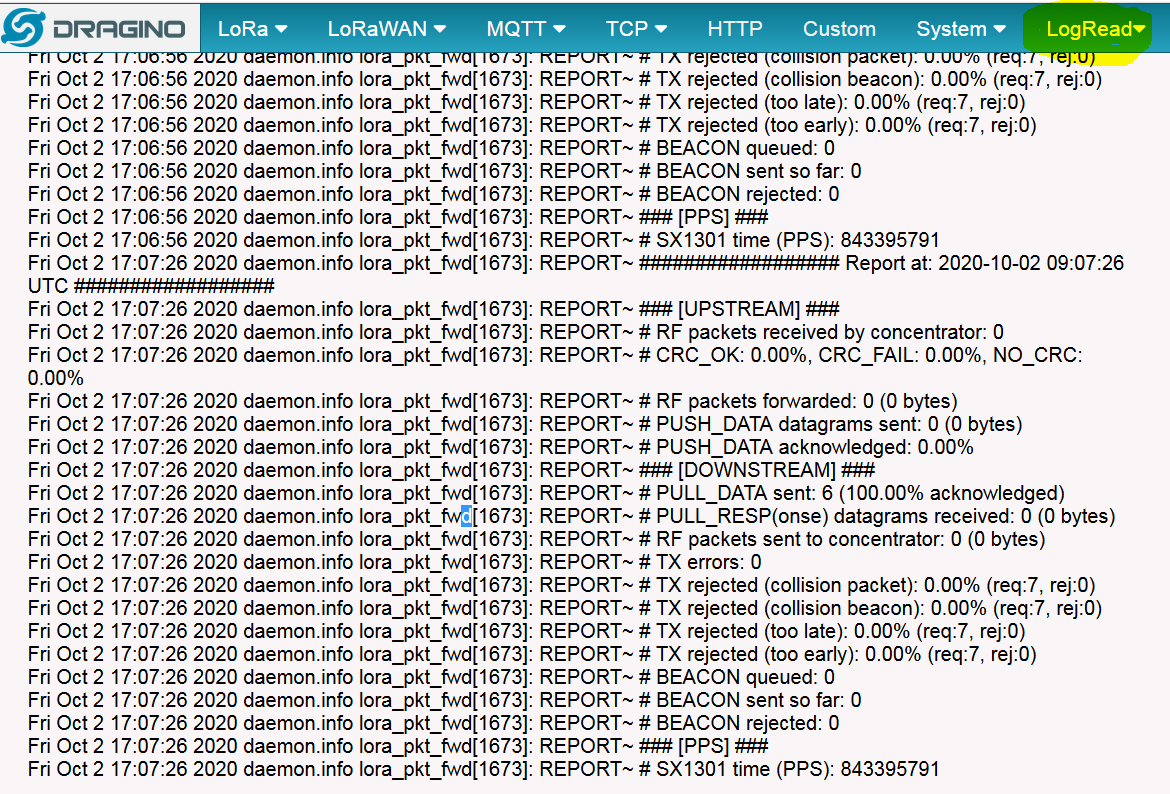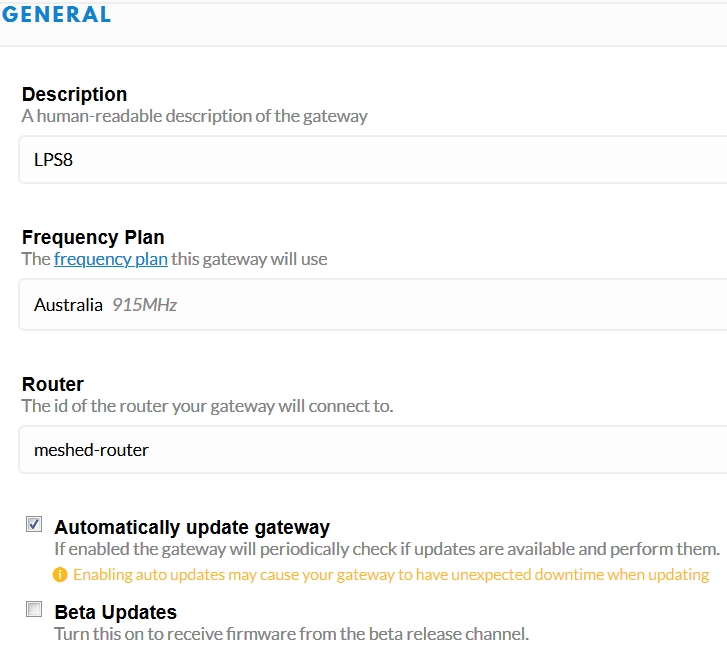DIY devices failling to receive OTAA accept (ie, “activation”) messages is a common problem traceable to subtle timing or configuration issues in the custom code or port.
With a more “factory” device it’s a bit puzzling - unclear if the best approach is a support request, or to try to get the code (Dragino is relatively good about that by their site seems to be momentarily offline) and build a version with debug output to a serial port and try to figure out what exactly is going wrong.
Of course these things are best investigated in the context of a gateway you control, where you can get debug output to verify that it actually transmitted. In complex cases it’s useful to put one scope probe on the gateway transmit LED and another on a GPIO the node blips when it starts a receive window, and make sure the two properly line up…


 .
.